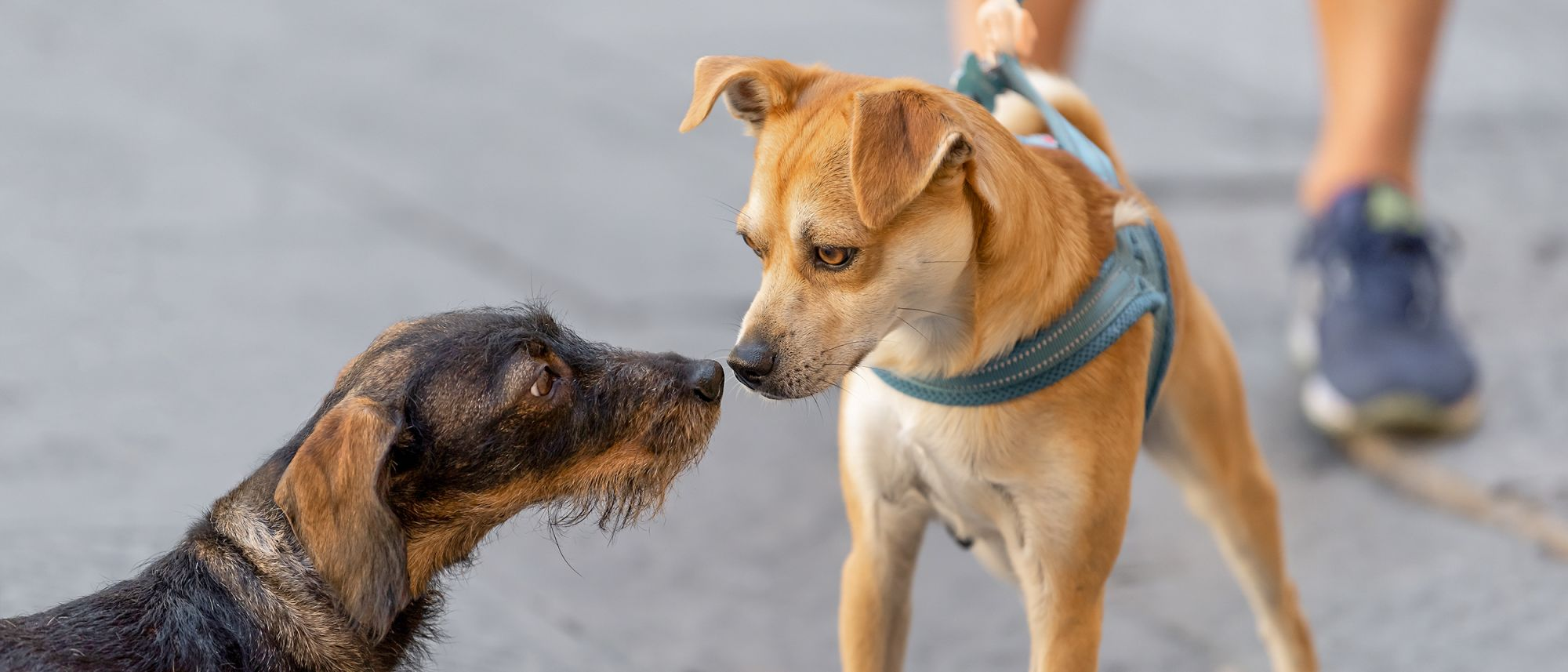How to socialise a dog after a lockdown
If you’ve been self-isolating or unable to leave the house as much as you'd like to during a lockdown, you may need to spend extra time re-socialising your dog or puppy as normal life begins to resume again.

Поставьте лайк и поделитесь этой страницей